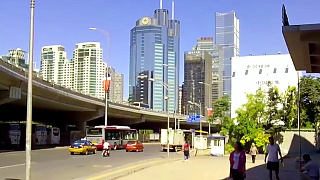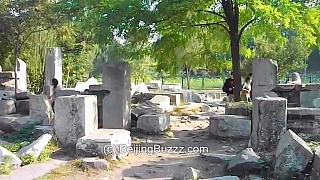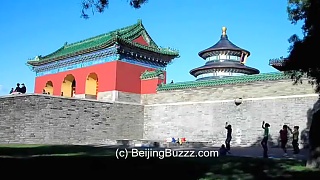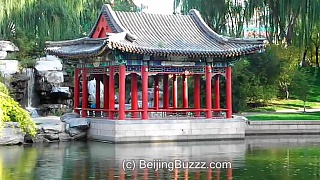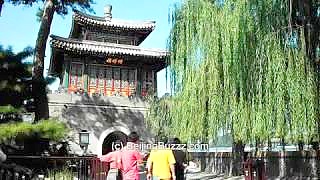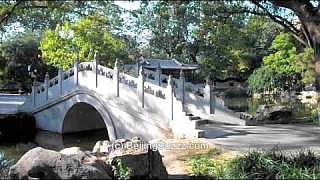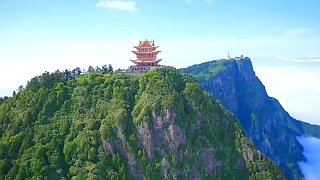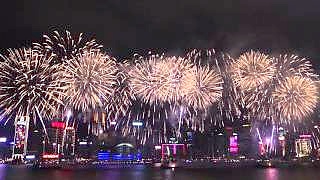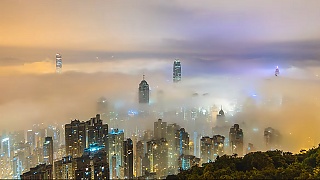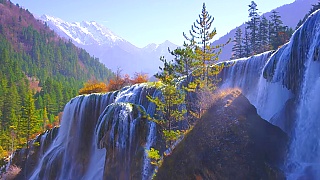The Temple of Confucius in Beijing (KongMiao) was where people could pay homage to Confucius during the Yuan Dynasty (1271-1368), Ming Dynasty (1368-1644) and Qing Dynasty (1644-1911) - and still today.
The Temple of Confucius in Beijing was initially built in 1302 and additions were made during the Ming and Qing dynasties. It covers a total area of 22,000 square meters (5.4 acres). It is the second largest temple constructed for Confucius, ranking second only to the Temple of Confucius in QuFu, ShanDong Province, the hometown of Confucius.
Today, the temple is a haven of tranquility with ancient cypress and juniper trees (one of the cypress trees is over 700 years old), halls, pavilions and stone steles. Take note of the green-tiled burner for silk and paper prayer offerings. The temple is connected with the Imperial College next door.
Confucius was one of the greatest philosophers in ancient China, initially influenced by the philosophy of Lao Tzu, who advised a stable civil society based on self virtue and respect. The teachings of Confucius played a key role in imperial times and still play a part in Chinese culture today.
Confucius was deeply concerned with how to cultivate good character, and then on the interaction of people in society. He felt it was important to lead by example and this influenced his interest in education, for which ethical development was the main goal.
The influence of Taoism can be seen in Confucius' book 'Genuine Living', where he says, "Developing in accordance with one's own nature is called 'the way of self-realization'".
Referring to his own way of learning, Confucius said "To hear much, select what is good and follow it" and "Study without thought is labor lost; thought without study is dangerous".
Inside the temple one can see 198 stone tablets positioned on each side of the first courtyard, containing 51,624 names of scholars who had reached the rank of JinShi during the Yuan, Ming and Qing dynasties. A JinShi is a successful candidate in the highest imperial examinations.
There are also 14 stone stele pavilions of the Ming and Qing dynasties that detail precious historical information from ancient China.
In the adjoining Imperial College are 189 steles on which are chiseled the 'Thirteen Classics'. This great work was achieved by just one man, Jiang Heng, a senior scholar at the time of emperor KangXi. It took him 12 years to complete cutting the 630,000 characters.
The nearest subway station is YongHeGong (lines 2 and 5). From the YongHeGong Lama Temple entrance (south from YongHeGong subway station), cross the street and go straight ahead (westwards) through the colourful gateway, along the tree lined lane for a few hundred meters; the Confucius Temple will be on your right.
[640],shadow=true,start=,stop=
Beijing, the capital city of China, is a vibrant metropolis steeped in history, culture, and modernity. Here's a brief overview of what you can expect as a tourist in Beijing:
Historical Landmarks:
The Great Wall of China: One of the most iconic structures in the world, the Great Wall is easily accessible from Beijing. Mutianyu and Badaling sections are popular among tourists.
Forbidden City (Palace Museum): A UNESCO World Heritage Site, this vast imperial palace complex was home to Chinese emperors for over 500 years. It houses numerous halls, courtyards, and historical artifacts.
Temple of Heaven: A masterpiece of Chinese architecture, this ancient temple complex served as a place of worship for emperors to pray for good harvests.
Summer Palace: A stunning ensemble of lakes, gardens, and palaces, the Summer Palace served as a retreat for emperors during the Qing dynasty.
Tiananmen Square: One of the largest city squares in the world, Tiananmen Square is flanked by important landmarks such as the Monument to the People's Heroes, the Great Hall of the People, and the Mausoleum of Mao Zedong.
Cultural Sites:
Beijing Hutongs: Explore the narrow alleyways and traditional courtyard residences of Beijing's historic neighborhoods. You can take a rickshaw tour or simply wander around on foot.
Beijing Opera: Experience traditional Chinese opera performances at venues like the Liyuan Theater or the Chang'an Grand Theatre.
798 Art District: A hub of contemporary art and culture, this former industrial area is now home to numerous galleries, studios, and cafes.
Modern Attractions:
Olympic Park: Visit iconic structures such as the Bird's Nest (National Stadium) and the Water Cube (National Aquatics Center) from the 2008 Beijing Olympics.
CBD (Central Business District): Marvel at the futuristic skyline of Beijing's modern business district, which includes landmarks like the CCTV Headquarters and the China World Trade Center Tower III.
Culinary Delights:
Peking Duck: Indulge in Beijing's most famous dish, crispy roast duck served with pancakes, scallions, and hoisin sauce.
Street Food: Explore the city's vibrant street food scene and sample local delicacies like jianbing (savory crepes), lamb skewers, and dumplings.
Practical Tips:
Transportation: Beijing has an extensive public transportation system, including the subway, buses, and taxis. However, traffic can be heavy, so plan your travels accordingly.
Language: While English is not widely spoken, especially outside tourist areas, many signs and transportation announcements are in English. It's helpful to carry a translation app or a phrasebook.
Weather: Beijing experiences four distinct seasons, with hot summers and cold winters. The best times to visit are spring (April to June) and autumn (September to October) when the weather is mild and comfortable.
Etiquette: Respect local customs and traditions, such as removing your shoes before entering someone's home and using both hands to pass or receive items.
Beijing offers a rich tapestry of experiences for tourists, blending ancient heritage with modern innovations. Whether you're fascinated by history, culture, or culinary delights, there's something for everyone in this dynamic city.
 The Confucius Temple 孔庙 in BeiJing
The Confucius Temple 孔庙 in BeiJing